Sound investments
don't happen alone
Find your crew, build teams, compete in VS MODE, and identify investment trends in our evergrowing investment ecosystem. You aren't on an island anymore, and our community is here to help you make informed decisions in a complex world.
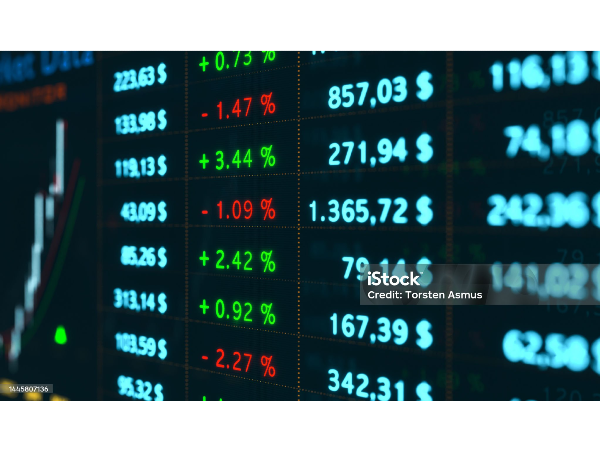



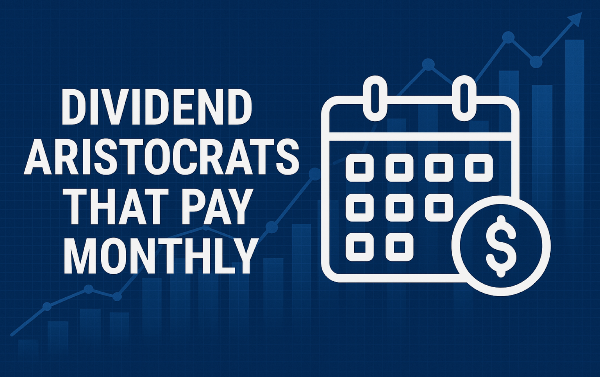
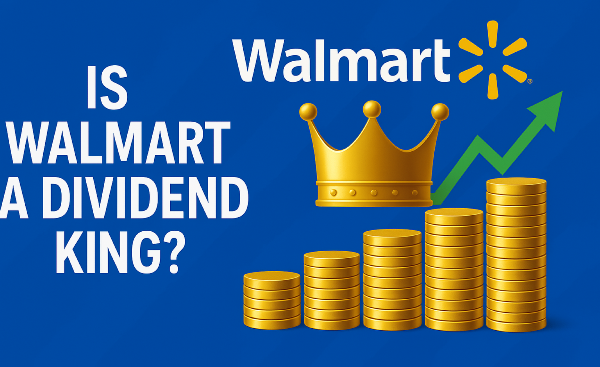

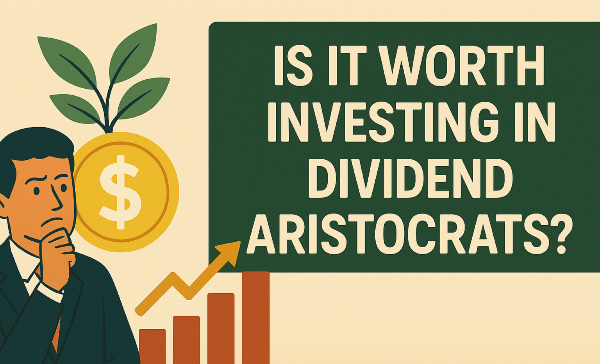
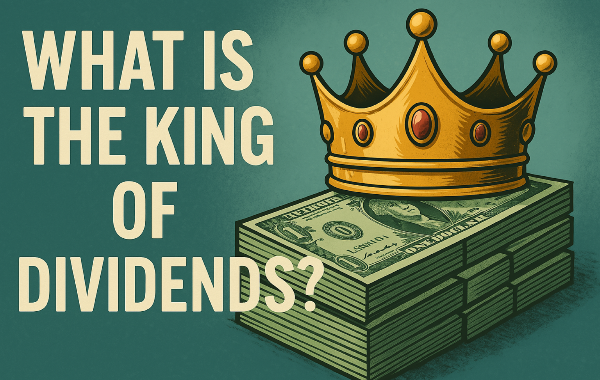
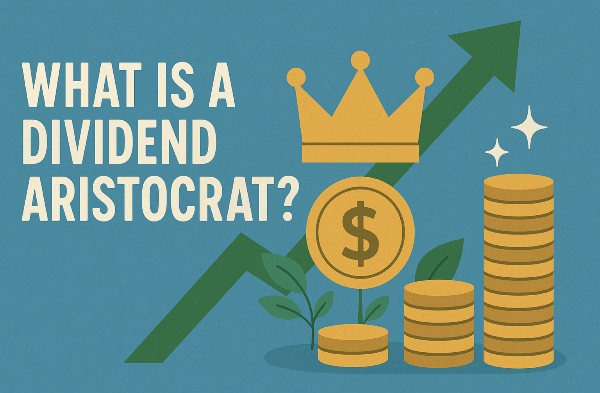
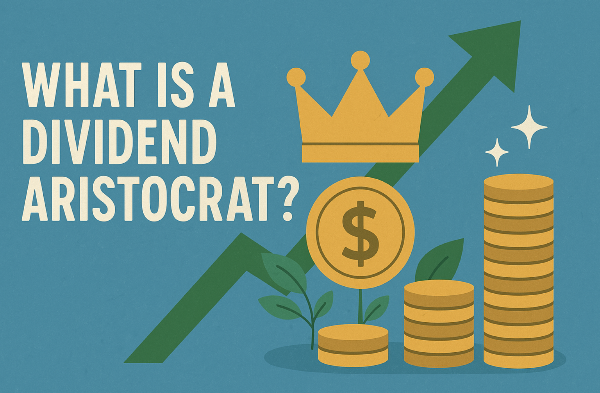
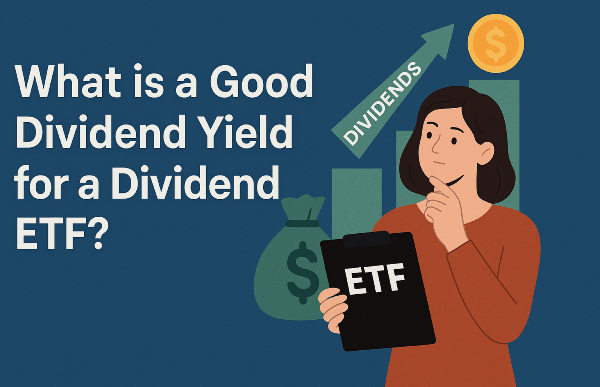
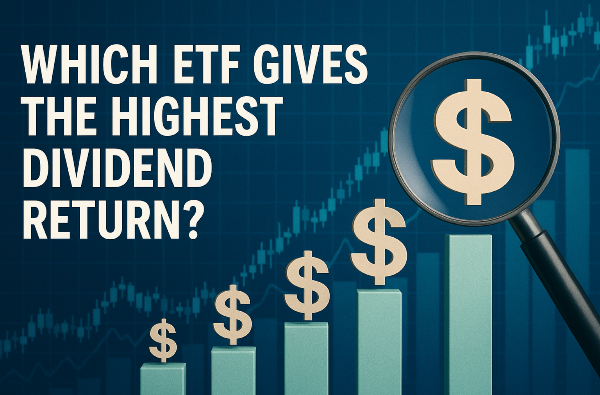


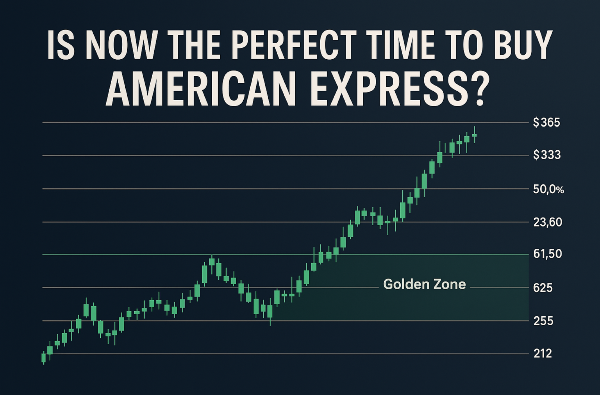

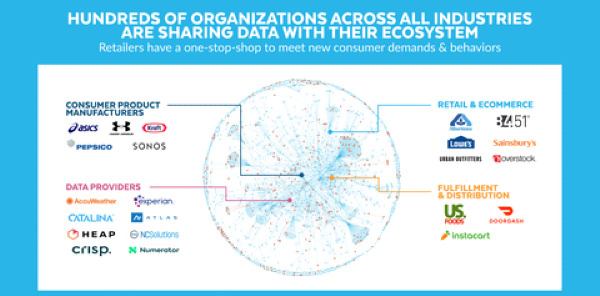
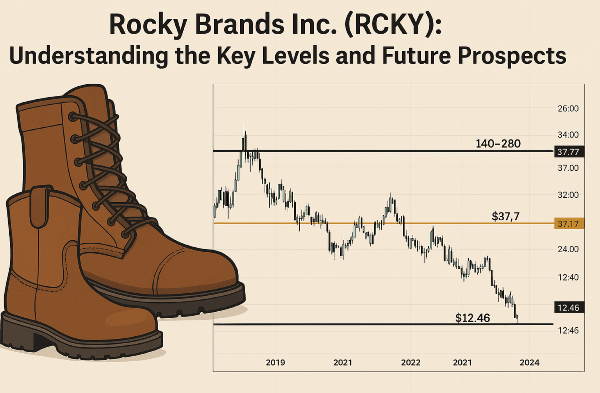


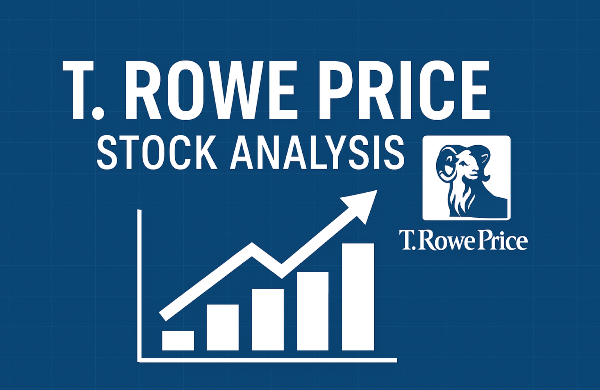








Key Takeaways
Choosing between dividend stocks and growth stocks depends on your financial goals—dividend stocks offer steady income, while growth stocks aim for higher long-term capital gains. Many investors balance both to create a diversified portfolio that captures income and growth potential.
When venturing into the stock market, investors often face a fundamental choice: should they prioritize dividend stocks or growth stocks? Dividend stocks are shares in companies that regularly distribute a portion of their earnings directly to shareholders, offering a consistent income stream and often perceived stability. This income-generating potential, coupled with the power of compounding if dividends are reinvested, makes them appealing to those seeking passive income or a more conservative investment approach. In contrast, growth stocks belong to companies that reinvest most, if not all, of their profits back into the business to fuel rapid expansion and innovation. Their primary appeal lies in the potential for significant capital appreciation, meaning the stock price itself can increase substantially over time, maximizing long-term wealth accumulation. The core question then becomes: is one inherently "better" than the other, or does the optimal choice depend entirely on an individual's unique financial goals and circumstances?
For investors prioritizing consistent cash flow and stability, the case for dividend stocks is compelling. These established companies, often leaders in their respective industries, provide regular payouts that can be used for immediate expenses or reinvested to acquire more shares, leveraging the powerful effect of compounding over time. This consistent income stream is particularly attractive to retirees or those aiming for financial independence, offering a predictable source of funds. Furthermore, dividend-paying companies tend to exhibit lower volatility and greater resilience during market downturns compared to more speculative growth stocks. The commitment to paying dividends also often signals prudent financial management and disciplined capital allocation by the company's leadership, adding an extra layer of security for income-focused investors.
On the other hand, investors with a higher risk tolerance and a longer time horizon often find growth stocks more appealing due to their potential for significantly higher capital appreciation. These companies are typically at the forefront of innovation, disrupting industries and creating new markets. By reinvesting their earnings into research and development, strategic acquisitions, and market expansion, growth companies aim for exponential increases in their share price. This focus on reinvestment, rather than payouts, means investors can benefit from tax-deferred compounding on capital gains until the shares are sold, which can be a tax-efficient strategy for long-term wealth creation. For younger investors with decades until retirement, prioritizing growth stocks allows them to maximize their portfolio's overall size, capitalizing on the potential for dramatic returns as these innovative companies expand.
Deciding whether to invest in dividend stocks or growth stocks hinges on several crucial personal factors. Your investment goals are paramount: if your primary aim is to generate regular income, such as for retirement or to supplement living expenses, dividend stocks are likely your preferred choice. Conversely, if your objective is aggressive wealth building and maximizing the overall value of your portfolio over time, growth stocks, with their potential for significant capital appreciation, would be more suitable. For many, a balanced total return approach that combines both income and growth elements offers the best of both worlds. Furthermore, your risk tolerance is a key consideration. Dividend stocks, typically representing mature companies with stable cash flows, often exhibit lower volatility and offer more stability during market downturns. Growth stocks, while promising higher rewards, come with higher risk due to their often speculative nature and sensitivity to market sentiment.
Your investment time horizon and age also play significant roles in this decision. Younger investors, with decades until retirement, generally have a longer time horizon and can afford to embrace the higher volatility of growth stocks, allowing ample time for potential drawdowns to recover and for compounding to work its magic on capital gains. For those closer to retirement or already retired, dividend stocks often provide a more predictable income stream and capital preservation, aligning better with their need for stable cash flow and reduced risk exposure. Moreover, external factors like market conditions and economic cycles can influence the performance of both types of stocks. Growth stocks often thrive in bull markets driven by optimism and innovation, while defensive dividend stocks tend to show greater resilience during bear markets or economic recessions, as their stable payouts remain attractive. Finally, understanding your tax situation is vital, as the tax treatment of qualified dividends (taxed at lower long-term capital gains rates for most income brackets in 2025) differs from ordinary dividends (taxed as regular income) and capital gains (only taxed upon sale, allowing for tax-deferred growth).
Given these varying considerations, a balanced approach that blends both dividend and growth strategies often proves to be the most effective for a robust portfolio. Diversification across both investment styles helps mitigate the risks associated with over-concentration in a single approach, preparing your portfolio for different market conditions. This balanced strategy often involves focusing on "dividend growth stocks"—companies like Microsoft or Apple, which once were pure growth plays but now consistently pay and increase their dividends, demonstrating both underlying business expansion and a commitment to shareholder returns. Regularly adjusting your portfolio allocation between growth and dividend stocks, based on your evolving financial goals, risk tolerance, and time horizon, ensures your investments remain aligned with your personal financial plan. Ultimately, there is no single "better" investment; success lies in tailoring your strategy to your individual circumstances, embracing diversification, and maintaining a long-term perspective.